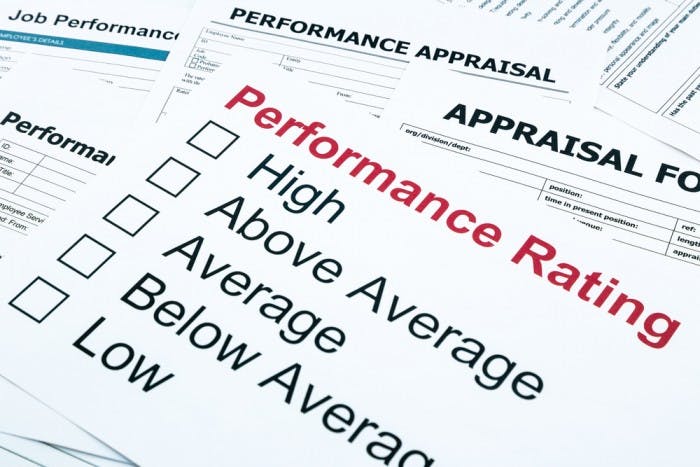There has been a lot in the news lately as more and more companies have abandoned their traditional performance review processes in favor of both more immediate and ongoing alternatives.
So far, the Fortune 500 players have been leading the charge, and other mid-size and smaller companies are sure to follow.
Most of this trend has been attributed to a growing awareness that successful companies will need to have systems that not only evaluate, but also develop their workforces. There is also the realization that these processes need to occur more often than annually or semi-annually, and be much more human-friendly to impact performance.
How social capital impacts performance
The companies on the front lines have been largely pursuing unique approaches to accomplish some of these goals and resolve other common challenges with the practice. It will be interesting to see which of these crosses the threshold into becoming a best practice.
In the meantime, I want to offer a perspective on these trends complementing many of the forces noted above.
Fundamentally, human capital is no longer a sufficient force to sustain high performance. In its place, social capital is playing an increasingly important role in helping organizations to manage the complexity and pace of work, and achieve lasting competitive advantage.
What’s the difference between the two?
Human capital is captured in the knowledge, skills, competencies, and other characteristics possessed by individual employees. It runs the gamut from tangible (like computer programming skills) to intangible (like creative thinking).
Organizations have long sought to acquire and manage the collective human capital of their employees to drive productivity and performance. In this world, traditional performance reviews make a lot of sense. Managers want to be able to quantify what each individual brings to the team, and expand that level over time.
The resources embedded in relationships
If human capital sets the foundation, social capital is what allows you to build upwards.
Social capital are the resources embedded in relationships between people, within and across companies. Proponents of social capital perspectives point to the critical role of these relationships in getting work done: contributing to improved communication, better access to information or resources, and more efficient large-scale action.
These are exactly the type of assets that are most needed in solving today’s complex challenges, where novelty and ambiguity are the new normal. These are also the assets that traditional performance reviews are most ill-equipped to capture.
It may go without saying, but, social capital requires a more social approach to performance reviews.
In addition to the focus on improving the timeliness and developmental aspects of the performance review process, companies need to begin considering how best to quantify and develop the social capital of their employees. There is valuable data to be had in the collaborative relationships that employees develop to be at their most successful, as well as a chance to get in on the ground floor of career development discussions around which relationships are the most rewarding and productive.
What high performing companies will do
From my perspective, high performing companies will be those that establish performance reviews that give weight to social capital in addition to human capital, to deliver insight into their employees’ skillsets and networks as key drivers of performance.
What about your own experiences with performance reviews, has anyone asked about the networks you rely on to get your job done?
You can find more from Derek Irvine on his Recognize This! blog.
